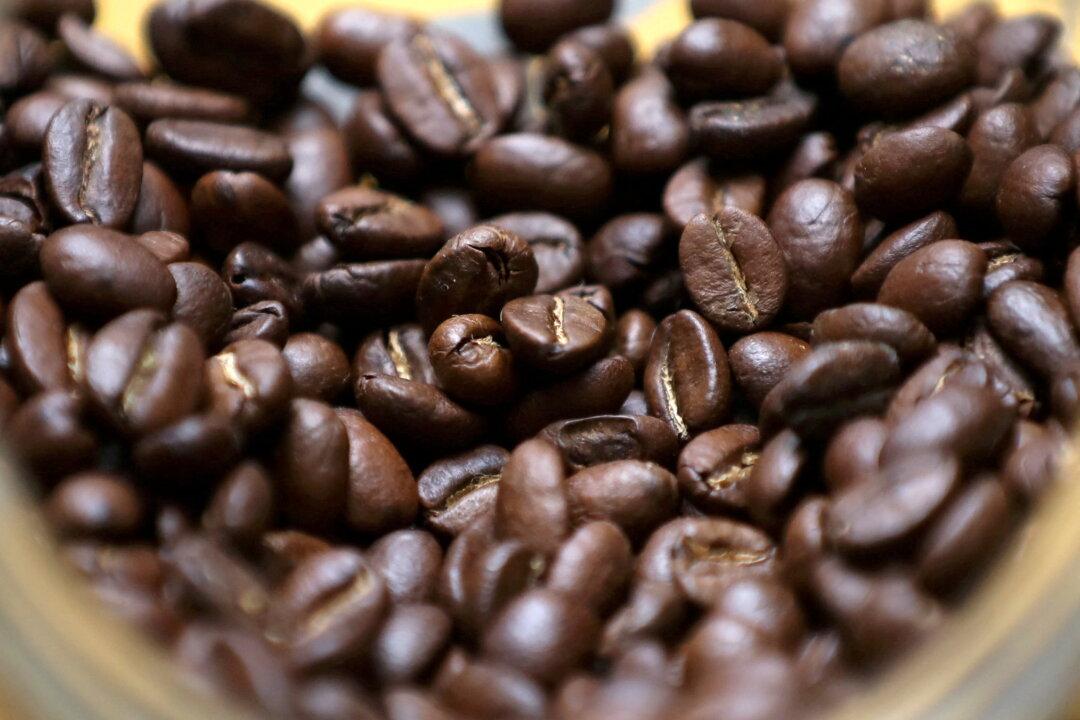The global commodities market—from coffee to corn to crude oil—is heating up again. This could spell bad news for public policymakers and consumers in the fight against inflation.
Coffee surged about 13 percent over the last week, rising to a near three-month high of $2.40 per pound on the U.S. ICE Futures Exchange. Year to date, the agricultural commodity is up 6 percent.





